-
Posts
348 -
Joined
-
Last visited
-
Days Won
2
Content Type
Profiles
Forums
Resource Library
Events
Gallery
Blogs
Store
Community Map
Posts posted by 2996 Victor
-
-
31 minutes ago, Angus said:
Hi Mark,
If you have code 55 in stock I would use that. It is more widely available.
The difference between code 55 and 60 is negligible ( 5 thou) so 1/8th (0.125) of millimetre in height, we are getting near the limits of perception here!
11 minutes ago, Galteemore said:Isn’t that what finescale is all about?

Thanks, again, chaps - that sounds like a plan! The code 55 rail does look nice, and I think it'll contribute nicely to the overall look of the thing (when it gets built!).
That 5thou is well beyond my limits of perception - the reason I don't have an HD TV is that I don't have HD eyes!
Kind regards,
Mark
-
 1
1
-
-
4 hours ago, Galteemore said:
The Loughrea and Ballinrobe lines had 79lb rails originally on half-round sleepers. FB rail was used AFAIK. In 7mm we tend to use code 100 - am guessing you could get off with code 70 which I have seen recommended in 4mm.
4 hours ago, Angus said:Hi 2996 Victor,
I've just got to appendix 3 in The Baronial Lines of the MGWR
It states that 79lb rail was used from new spiked to half round sleepers at 1,940 to the mile for straight track.
I would guess the sleeper spacing equates to 3ft centres with a slight narrowing at track joints.
In the past I have compared LNWR 85lb and 95lb rail to code 124 in 7mms scale. The code 124 fell almost exactly in between so equivalent on 90lb rail
This equates to about code 60 in 4mm for 79lb rail.
I think code 60 flat bottomed rail is available from the 3mm scale association but you have to be a member.
Code 55 flat bottomed is widely available as it used by U.S. N scale modellers
The lines were not relaid until the 1920s with 23 and 26ft lengths of 80lb rail. My guess is the original rail length would be similar.
Thank you @Galteemore and @Angus, that's brilliant info! I'm ashamed to say I haven't properly read my copy of "Baronial Lines".....slapped wrist.....so the equation of rail weight/section to model "code" is great, thank you.
I bought some Micro Engineering code 55 N/S rail a couple of years ago for an 009 inglenook project (yet another project that remains unfulfilled!) and I was very impressed with the quality and finish. ME is an American company, of course, but their rail is available in the UK from a few outlets. I got mine from NGTrains with whom I have no connection other than as a satisfied customer. Code 55 rail sounds like it would be about right for an MGWR branch line, if perhaps just a smidgeon on the light side, but I wonder if code 70 would be more practical.....
Thanks again and kind regards,
Mark
-
 1
1
-
-
Dear All,
In planning my MGWR 4mm scale/21mm gauge branch line project, I would like to know what weight of rail was most likely used on branch lines around 1900-1905, and what "code" or model rail would be most appropriate to replicate it.
I'm presuming flat-bottomed rail would have been the norm on branch lines.
Thanks for any advice!
Best regards,
Mark
-
5 hours ago, David Holman said:
internet search for rivet transfers
Hi David,
I got mine from Historex Agents. They cater mostly for military modellers, but of course a lot of materials and techniques are applicable to railway modelling, too.
As I mentioned above, Archers do rivet transfers intended for various scales, I would say something like their sheet no. AR88032 might be suitable. Cheap, they ain't, but worthwhile IMHO.
Kind regards,
Mark
-
 1
1
-
-
Hi David,
For the rivets/bolt heads, have you considered Archers Rivet Transfers - neat straight strips in various spacings and different sizes for nominally different scales. I've got their 'S' scale rivets for my 4mm wagons.
As @Galteemore says, Plastic Weld is pretty strong stuff. I use MEK which I got in a large bottle from fleabay, and I decant a small quantity at a time into a glass jar with a screw lid.
Excellent work on the 'H'.
Kind regards,
Mark
-
On 5/23/2020 at 3:29 PM, Galteemore said:
Just received a copy of E L Ahrons’ wonderful ‘Locomotive and Train Working in the Nineteeth Century’ Vol 6 - Ireland, which I think is a must have for @Angus, @David Holman @2996 Victor if not on their shelves already. Ahrons describes Limerick Junction as ‘ a fairly large and commodious railway station situated in space....typically Irish’. The book itself is a wonderful description of the main services on Irish railways in the later years of the century - and for some time after....
My copy has arrived - excellent service from Martin Bott (no connection other than as a satisfied customer).
Fascinating stuff, and Ahrons' prose is an absolute delight to read. Many, many thanks @Galteemore for the suggestion!
Kind regards,
Mark
-
 1
1
-
-
1 hour ago, David Holman said:
You are indeed correct Mark. The line to the exchange sidings comes off the loop and wagons have to then reverse off that into the front siding.
Fairly sure I supplied the correct plan, but these things happen and am certainly more than happy with the article as a whole, especially Andrew's photos. RM and CM have come on a long way in recent years - some of my first articles, back in the '90s had only small pictures, with no colour either.
The fee is very generous too. £35 for each page, which considering I only supplied a sketch plan and the text, to me ain't half bad and is already reinvested in a new loco kit!
Hi David,
There's no doubt that the article and photos do fair justice to your superb modelling, and the fee is a nice little bonus, I'm sure!
I hope you'll forgive my little observation on the track diagram, though - it was a combination of OCD and worrying that I'd completely lost the plot (again!).
Kind regards,
Mark
-
1 hour ago, David Holman said:
GSWR 10 ton brake
After many months of layout building - scenics, electrics, buildings, back scenes and the like - I finally decided to turn my hand to some rolling stock. In an ideal world, I should be making some signals, but parts are not available at the moment. However, in the world of model railways, there is always something else to do.
It must be months since I last made any broad gauge rolling stock, so a brake van seemed a good place to start. Having spent so long doing other stuff, perhaps unsurprisingly the hardest bit was knowing where to start. A simple box van would have been easier - a floor, two sides, two ends and some strapping - but the GSWR 10 ton brake also has a veranda each end, so working out how to incorporate these led to a fair bit of head scratching. Salvation came in the posts covering Leslie's 4mm scale resin kits and I largely followed the way the parts are arranged.
Construction was fairly conventional:
- a base of 80thou Plastikard, with sides of 40 thou sheet, scribed for 7" planks
- Strapping is all 80thou square strip
- W irons are white metal castings, but with the springs filed away and replaced with longer plastic ones - though they are still probably a bit too short.
- Buffers also white metal, while brakes are Slater's plastic blocks on nickel silver wire.
- Roof is 20thou plastic sheet
The model was initially sprayed in Halford's grey primer, then hand lettered in white ink using a fine nibbed dipping pen. Once this was dry, the GSWR lettering was scrubbed away with a fibreglass brush. After weathering was applied, first with a dilute wash of Humbrol gunmetal, matt black and bauxite, followed by judicious use of weathering powders. Wheels and brakes got an undiluted weathering mix, while the roof is 'roof dirt' from Precision.
Guess the whole project has taken about 15 - 20 hours over the last week. Have included pics of a GSWR 12 ton van from Castle Rackrent for comparison.
Fantastic results, David, this should certainly get you back into the rolling stock groove! Lookingforward to seeing your next build.
Kind regards,
Mark
-
 4
4
-
6 hours ago, Galteemore said:
Just received a copy of E L Ahrons’ wonderful ‘Locomotive and Train Working in the Nineteeth Century’ Vol 6 - Ireland, which I think is a must have for @Angus, @David Holman @2996 Victor if not on their shelves already. Ahrons describes Limerick Junction as ‘ a fairly large and commodious railway station situated in space....typically Irish’. The book itself is a wonderful description of the main services on Irish railways in the later years of the century - and for some time after....
I've ordered a copy from Martin Bott, one of my favoured booksellers - always worth a look for anything you need. Looking forward to its arrival!
E L was Ernest Leopold, apparently!
Kind regards,
Mark
-
 1
1
-
-
3 hours ago, Galteemore said:
Just received a copy of E L Ahrons’ wonderful ‘Locomotive and Train Working in the Nineteeth Century’ Vol 6 - Ireland, which I think is a must have for @Angus, @David Holman @2996 Victor if not on their shelves already. Ahrons describes Limerick Junction as ‘ a fairly large and commodious railway station situated in space....typically Irish’. The book itself is a wonderful description of the main services on Irish railways in the later years of the century - and for some time after....
Thanks @Galteemore, I'll be looking for a copy as well!
Kind regards,
Mark
-
 2
2
-
-
11 minutes ago, David Holman said:
Just had me scuttling into the workshop to check!
The fiddle yard is slightly different as the line to the exchange sidings doesn't go on to the turntable now. Tried it, stock was liable to fall off when being turned at shows. My fault, as that was on the sketch I gave them.
The only other thing I can see is that the track from the turntable goes straight into the shed, which is therefore at an angle to the platform. There again, it is not unknown for me to miss the glaringly obvious!
Hi David,
It may be me (probably is!), but isn't the connection to the exchange sidings shown trailing instead of facing (or vice versa!)?
Not that it matters, it's a fabulous layout and I do hope to be able to see it in action one day!
Kind regards,
Mark
-
Reading the RM article again - is it me, or have Messrs PECO drawn the track diagram incorrectly?
Kind regards,
Mark
-
2 hours ago, Andy Cundick said:
Banwy models who do a range of Welshpool prototypes in 3d are a good example of what can be done .The cattle trucks and bolsters needed no fettling just fit couplings and wheels and away we go.
I wonder if they could be persuaded to broaden their horizons slightly.....

-
 2
2
-
-
On 5/21/2020 at 6:55 AM, Mayner said:
Funnily enough I used the Platform/Ground Level version of the Ratio on a minimal space MGWR branch line terminus many years ago.
If you feel reasonably confident about building complex point work, it might be worth while considering a double slip in the crossover from the running line to the run round loop and goods yard, the Midland used this arrangement at both Edenderry and Kingscourt. It might be feasible to fit a mirror image of Edenderry into the area "behind the houses" between the R358 from Ballinasloe & the N63 to Ballygar & Mount Talbot. Edenderry had the advantage of having the cattle bank and goods shed on one side of the station/baseboard.
I mounted a flying survey of the area while trying to track down the location of the ancestral farm of my Grandmother in 2018.
Dear John,
many thanks for your thoughts and your photographs - I was planning on having a look on Google Maps, but you'r suggested location adjacent to the town definitely looks feasible - as a first thought I was envisaging the fictional branch running more-or-less parallel to the R358, topography notwithstanding, from a junction with the main line at Ballinasloe.
To be honest, I'm not actually planning on building any pointwork - as I want it to work, I'm going to outsource it - so a double slip is certainly a possibility and would provide a siginificant reduction in length over two conventional points toe-to-toe. Edenderry has much to commend it both as is stands and as a jumping-off point for fictional terminus. I don't have a huge area available for the layout so length is my main issue, and one of the key characteristics of the MGWR's terminii is their spaciousness. I'm going to have to be a bit clever, I think!
Thanks again and best regards,
Mark
-
 1
1
-
-
Love the lathe and pillar drill, superb!
Kind regards,
Mark
-
51 minutes ago, Angus said:
As I was placing an order with Shapeways I also took the plunge and bought the MGWR brake 3rd carraige that has been the subject of some discussion in another topic on this site.
Buying it lessened the pain of Shapeways postage costs.
As it arrived:-
In this form the plastic is quite soft and there is still some of the support wax present. Following advice of others (I had done this before) I scrubbed the surface with a toothbrush and washing up liquid before dunking the body in a bath of white spirit for an hour. Left overnight the body turns white. It is now quite hard and easier to sand. You can also see the surface clearly to work on.
The body appears dimensionally correct and captures the lines of the carriage well the buffers seem a bit over scale (a scale 18" across the face) but easily replaced with some turned ones from N-Brass.
As I feared though the surface striation is quite bad.
Without care I'll be losing a lot of the side detail. The doors will need re-scribing at the very least. Please bare in mind this is 2mm scale, in larger scale the striation will appear less worse.
3 minutes ago, Andy Cundick said:Hate to say it the striation is just as bad in 4mm i've got one sitting on the workbench at the moment a good argument for etched brass i'm afraidespecially as its sharing the workbench with a rake of Worsley DNGR 6 wheelers.Andy.
Although I dislike making negative comments, I have to concur.
This particular manufacturer has many items listed that I would be most interested in. However, a couple of years ago I ordered some narrow gauge War Department Class D bogie wagons for an Ashover Light Railway layout project. The models when they arrived were terribly striated and the surface details were very poorly defined.
Unfortunately, this supplier's models seem to only be available in one single type of material, which I've been informed isn't ideal for fine detail, and so I've made a conscious decision to not order from him again.
Kind regards,
Mark
-
 5
5
-
-
Crikey, its been a while since I posted anything here. That's not to say that nothing has been occurring, but unfortunately what has been occurring hasn't been particularly tangible!
I'm still looking into the signal box issue, and it's looking increasingly likely that, as a fairly large proportion of MGWR cabins seem to have been to McKenzie & Holland pattern, that will be the style of cabin I'll go for for my project layout, which has the working title of Mount Bellew. As far as a model cabin is concerned, I have been looking closely at the Ratio kit of Highley Signal Box on the Severn Valley Railway because, yep, it too is a McKenzie & Holland cabin! The orientation of the planking seems to be at odds with at least some of the MGWR cabins, but hopefully not all which will give me the "could have been" get out of gaol clause.....
In other news, I've been spending a few pleasant hours looking at the historic OSI 25-inch maps of the MGWR's terminii, in an attempt to get a feel of how they were laid out. The reason for this is to hopefully come up with a track layout for Mount Bellew that is "typically MGWR", and to accomplish this I've been making pencil sketches of the terminii so that they can be more easily compared. I've only Loughrea to do to complete the set (I've not sketched out Clara as its a bit of an odd one, being part junction).
Far from there being a "house style", however, they all seem to be different: the only recurring theme throughout is the turntable. However, the goods shed is often sited behind the platform adjacent to the station buildings, and in the "western" terminii, i.e. Achill, Clifden and the "Baronial Lines" the presence of multiple loops is a distinctive feature. Its quite funny, really, when looking at the "western" terminii how they're actually quite train-set-like in their layouts! Now, where did I put my childhood Hornby track.....?

So hopefully there should be some progress soon toward a definitive track layout for Mount Bellew, and when I actually "cut the first sod" I'll start another thread over in Irish Model Layouts, but I suspect that won't be for a while yet.....
Stay safe and stay well, everyone!
With kind regards,
Mark
-
 3
3
-
-
28 minutes ago, Galteemore said:
Thanks gents. I’ll post more videos when I can. Sorry MM - nothing so sophisticated!! It’s an old technology. Wire in tube. A wire in plastic tube runs under the cork to a plastic knob on the baseboard edge. Wires from the frog are switched by a three way switch beside the knob. The white tape shows where the wire comes out of the cork.
Hi,
nothing wrong in my book with tried and tested methods! One question, though, have you engineered some means of positively locating the switch blades against the stock rails?
Looking forward to the next video!
Kind regards,
Mark
-
 1
1
-
-
17 minutes ago, Midland Man said:
Hi victor
How did you subscribe to new Irish lines? I am not a master on using emails but is there a address? Galteemore love the video. Could you post more and do you used a mega points system?
Hi MM,
if you go to the NIL website here, at the bottom of the Home page are links for subscriptions, which are priced according to where you are - click on the appropriate link and away you go! You can subscribe using either a card or via PayPal. There's also a Contact page.
With kind regards,
Mark
-
Hi,
I've just recently subscribed to New Irish Lines and today received my first issues, November 2019 and May 2020, and I just wanted to say that the photos of Rosses Point in the November 2019 issue look fantastic.
With kind regards,
Mark
-
 1
1
-
-
Sadly, there's no been progress to report, as yesterday was spent trying to make some headway in the garden, and today has been largely a lazy day.
Having said that, I've spent an enjoyable couple of hours looking at OSI 25" maps of MGWR terminii, while sketching out plans for my project layout. Nothing definite yet, but some ideas are coming together. The one common aspect of the terminii plans I've looked is a very long overall length, which unfortunately I can't reproduce, so finding a way to crop the length while maintaining the feel of space is exercising my limited intellect.....
Not currently having any gainful employment to go to, hopefully I'll make some progress on my wagons tomorrow!
Cheers for now!
Mark
-
 2
2
-
-
Sorry to hear about your enforced change of plan, but I'm certain it'll be worthwhile!
Definitely looking forward to seeing progress and your trackwork.
Stay safe!
Best regards,
Mark
-
22 minutes ago, Mayner said:
I wound not blame the GSWR influence entirely for the end of polished brasswork and removal of brass name and number plates while an ex GSWR man was in charge of Inchacore, the GSR Board and senior management was largely dominated by ex-MGWR men, including the Chairman, General Manager and Chief Financial Officer. Apparently there was a GSR committee during the 1920s tasked with achieving savings by hunting down name and number plates for re-cycling as bearing brushes and other parts in the brass foundry.
David it would be simple enough to backdate the Tyrconnell J26 into an E by replacing the funnel and smokebox door and wrapper.
The MGWR re-built the E Class with new boilers, conventional smokebox doors and shorter cast iron funnels from 1911 onward's, the majority of 554 or J26 class retained their flush MGWR style smokeboxes and cast iron funnels until replaced with Inchacore style built up chimneys and pop riveted smokeboxes during the 1940s.
The seem to have continued in use on short feeder branch lines such as Athboy and Killeshandra at least until the late 30s or possibly the ending of regular traffic on these lines.
Hi John,
Fantastic info as always and superb photos, particularly the works photo of "Robin". I should say that's the perfect photo for a loco in my period.
Bizarre, isn't it, how often in works photos of locos the chimney rim appears to be angled due to perspective/parallax/whatever it is!
Best regards,
Mark
-
 1
1
-
-
6 minutes ago, minister_for_hardship said:
The GSR went to great pains to remove traces of past ownership, name plates, number plates/numerals and works plates went into the melting pot. Only a very few locos, those that rarely or never got called to Inchicore for attention escaped.
Thanks, @minister_for_hardship,
that's actually rather sad, isn't it? But not all that surprising, I suppose, and not uncommon practise.
I must admit that this far I hadn't noticed the sandbox numerals.....too busy looking at wagons!
All the best,
Mark
.png.c363cdf5c3fb7955cd92a55eb6dbbae0.png)


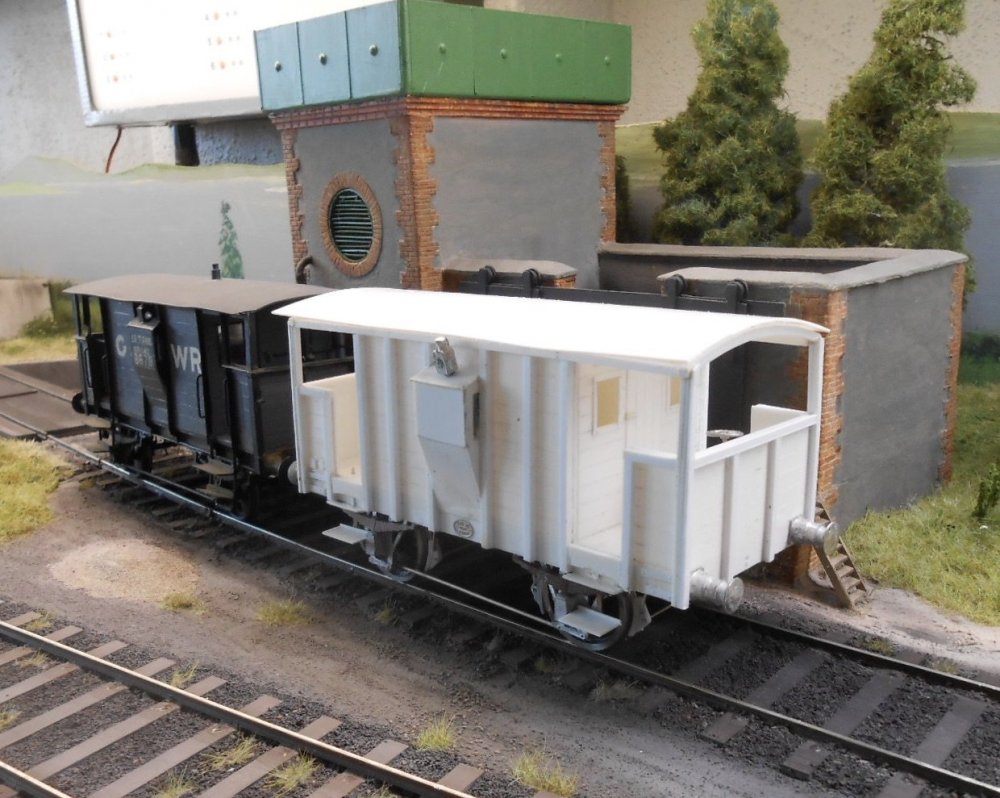
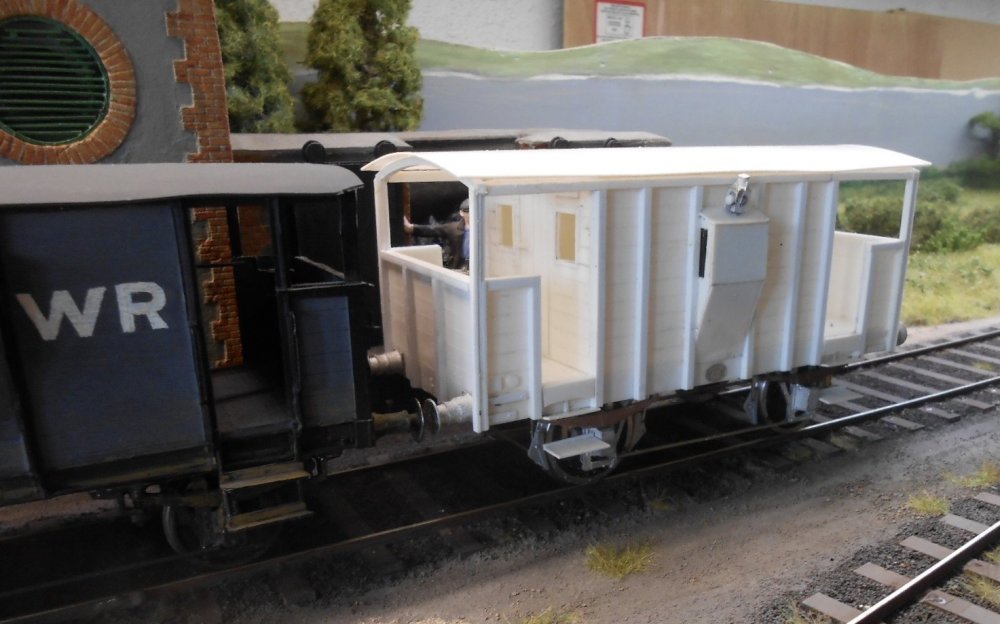
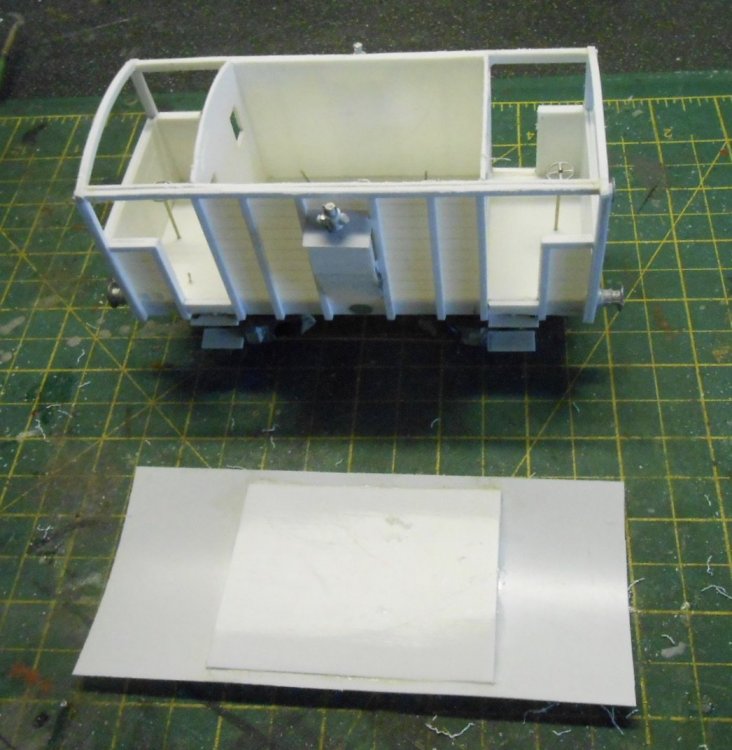

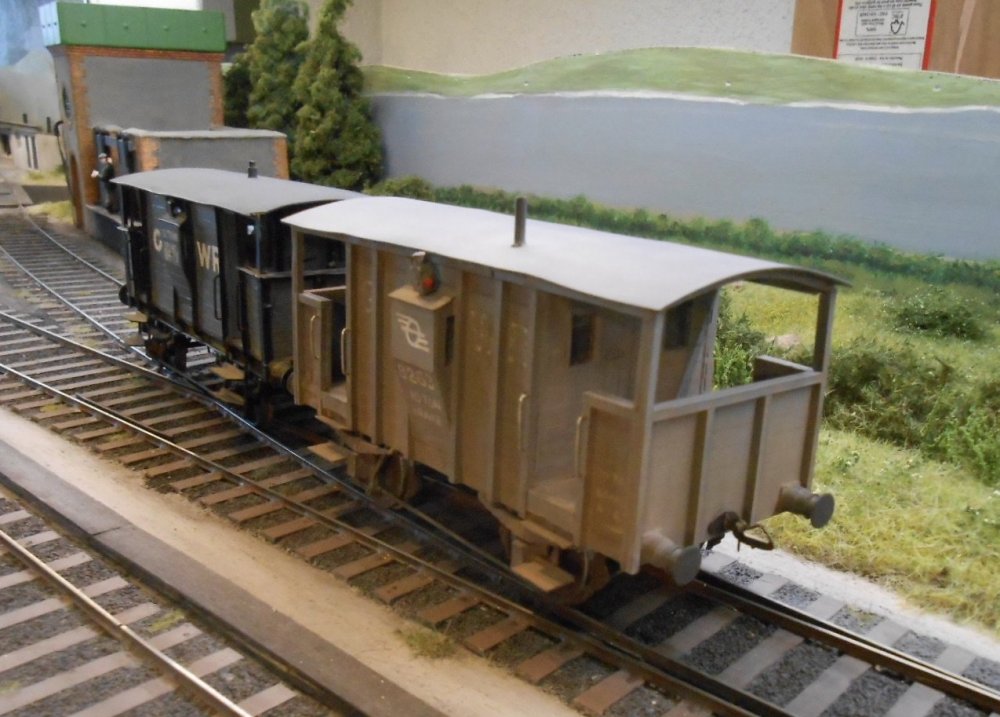
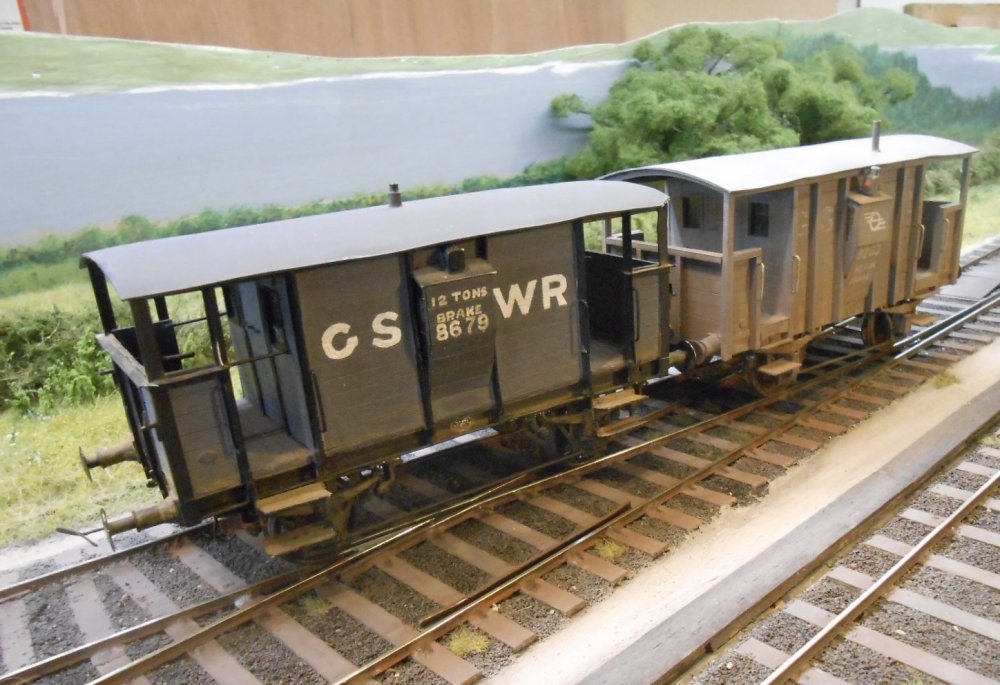
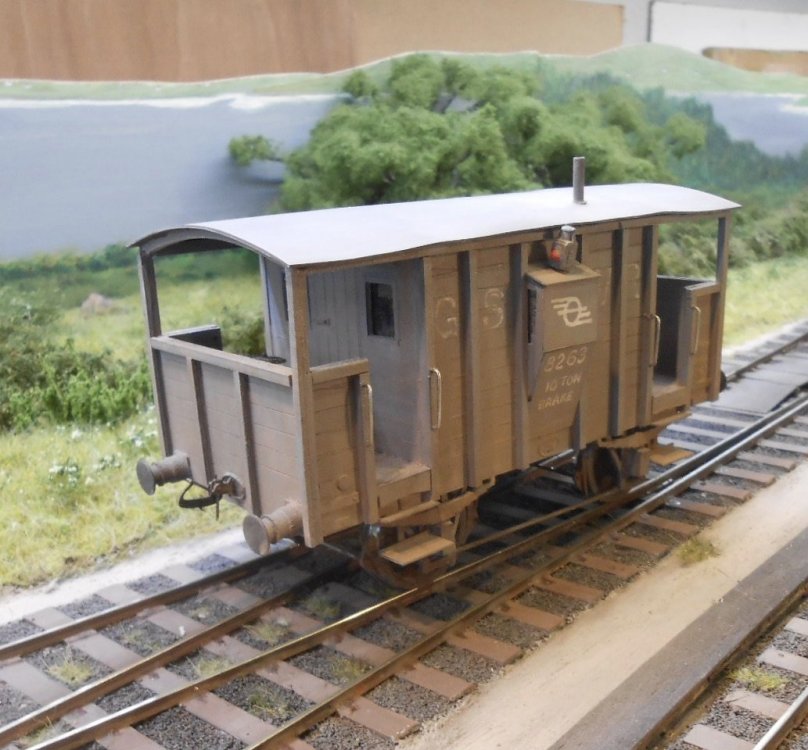
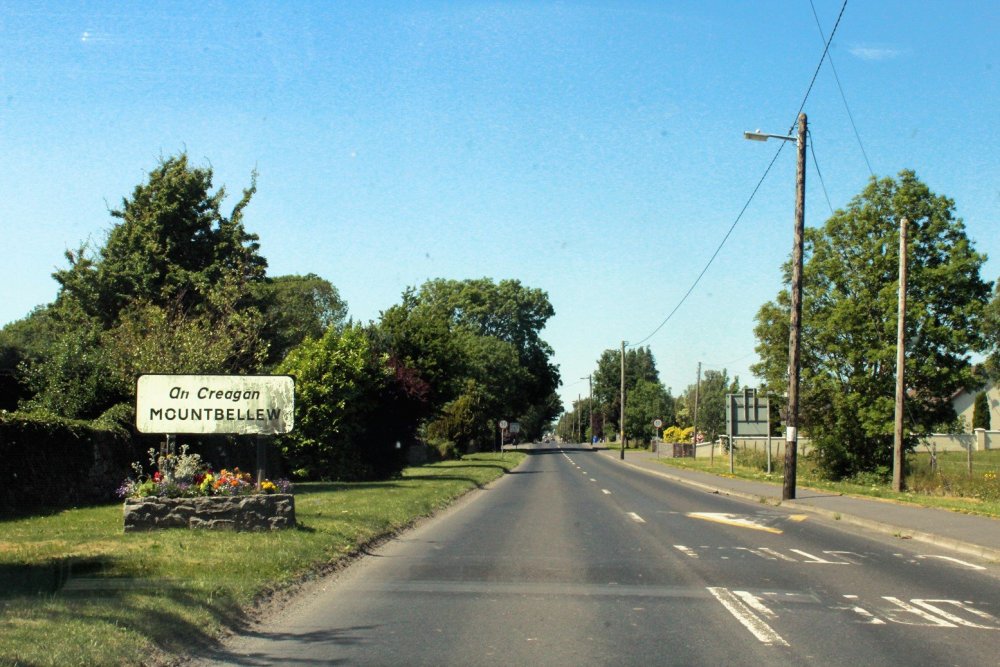
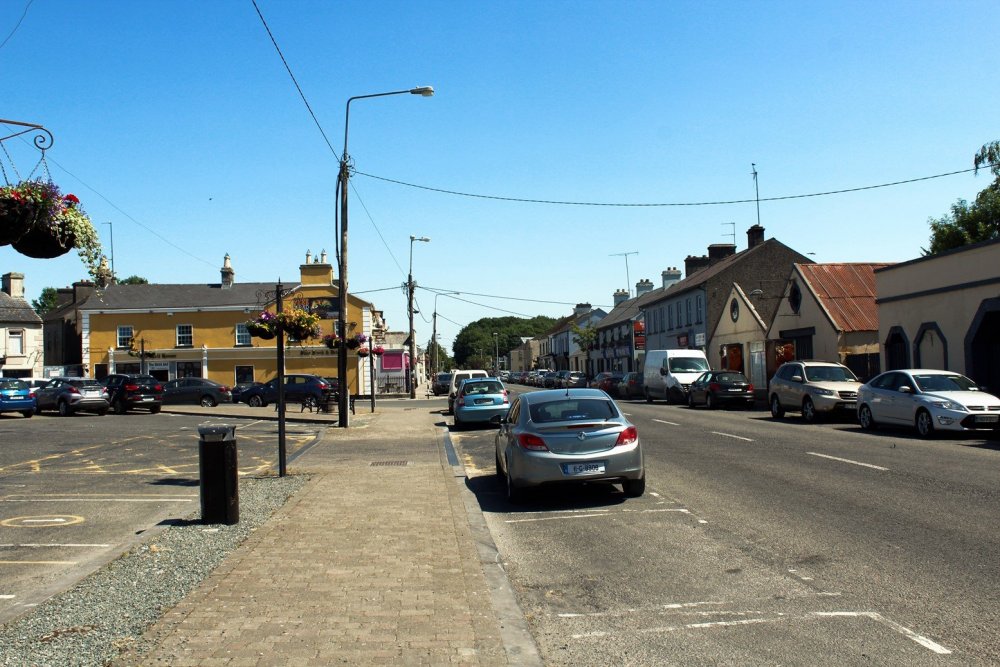
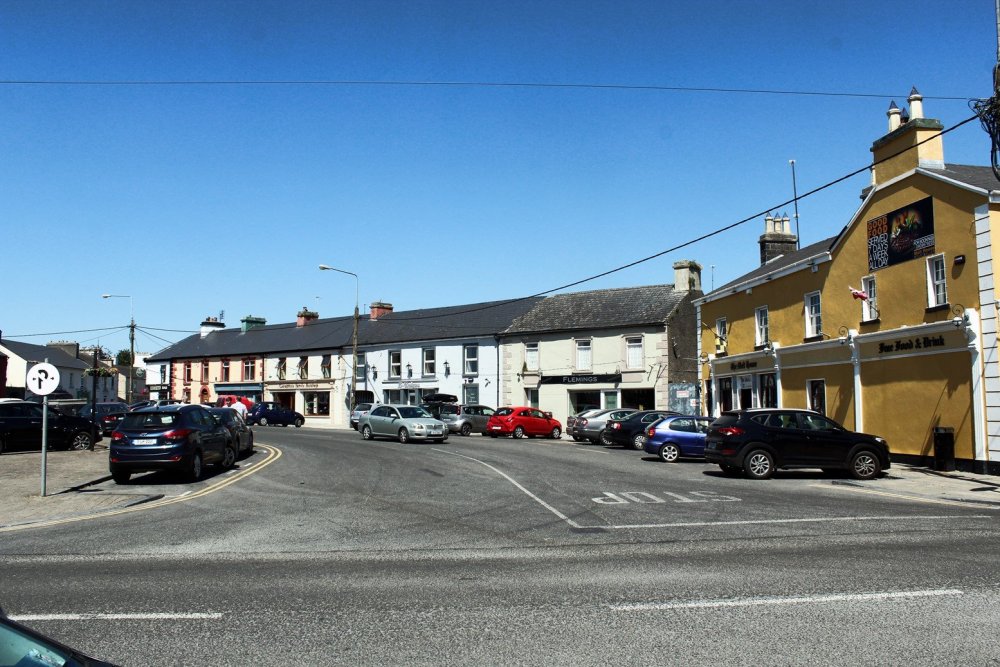
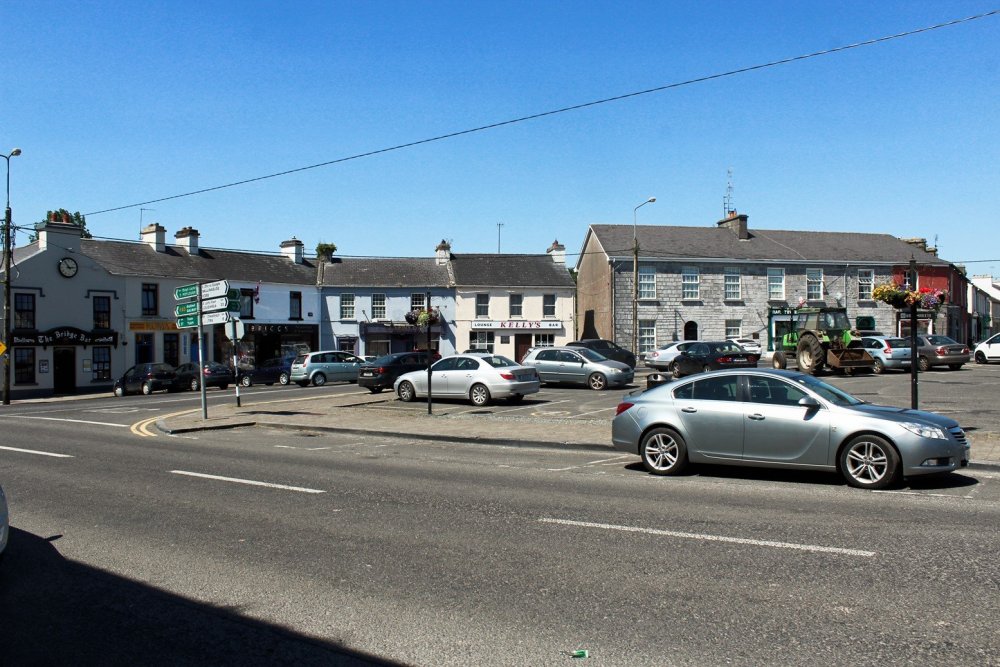
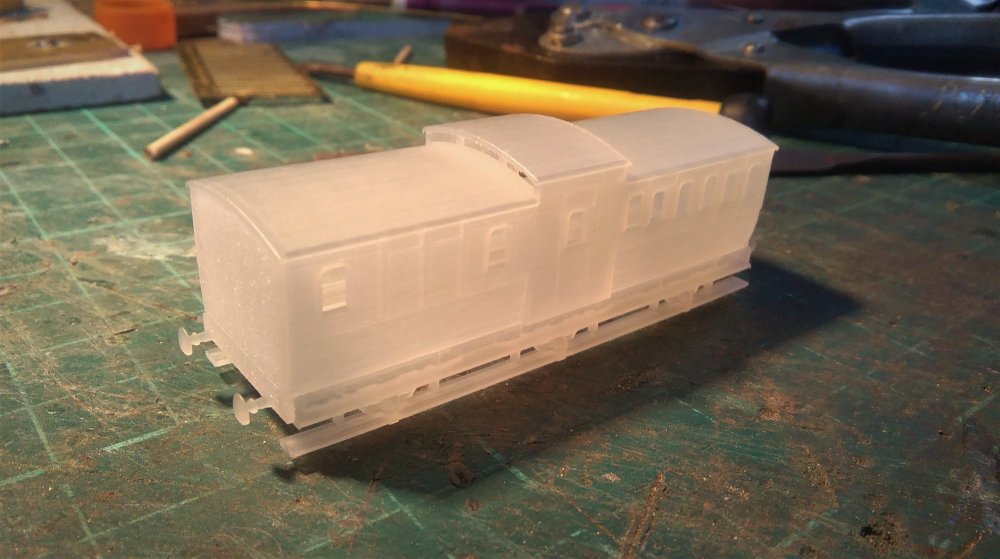
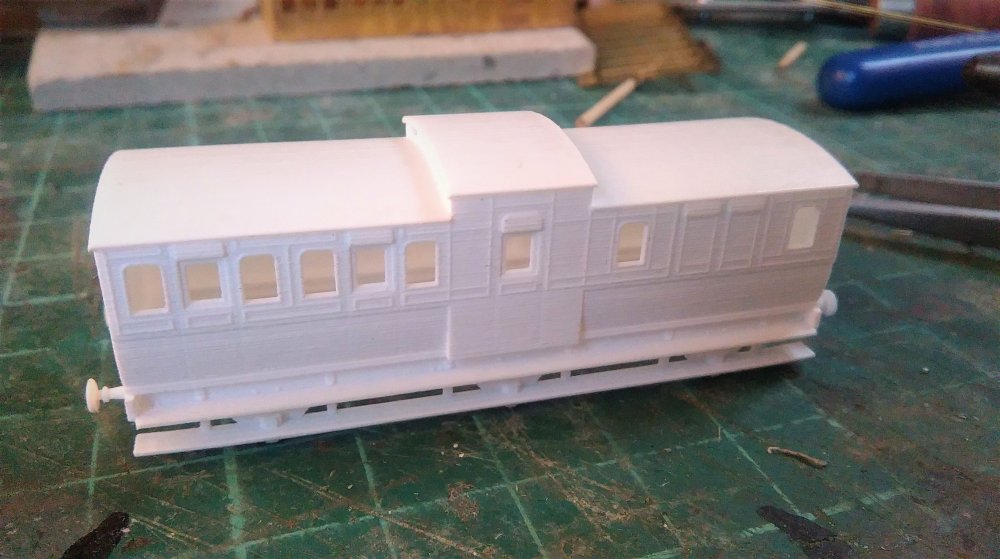
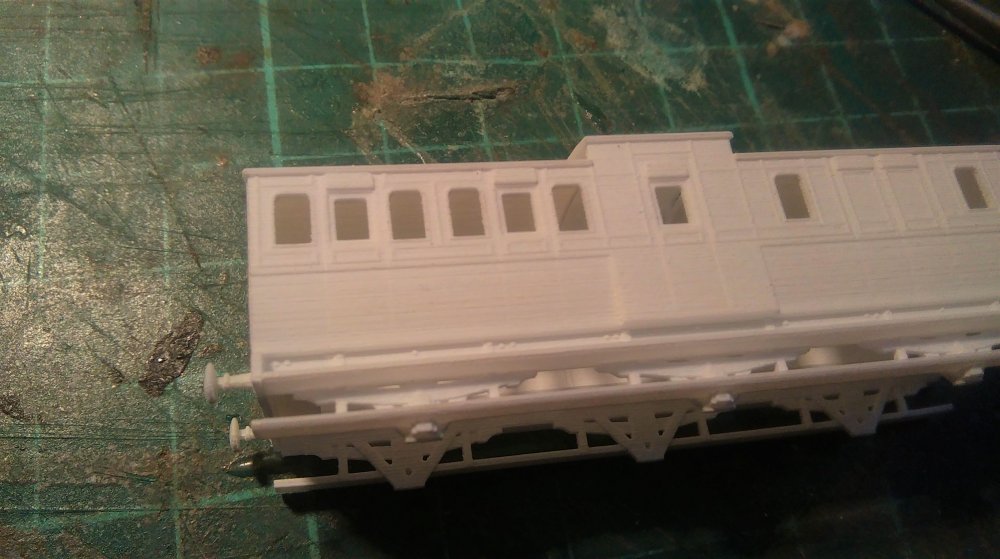
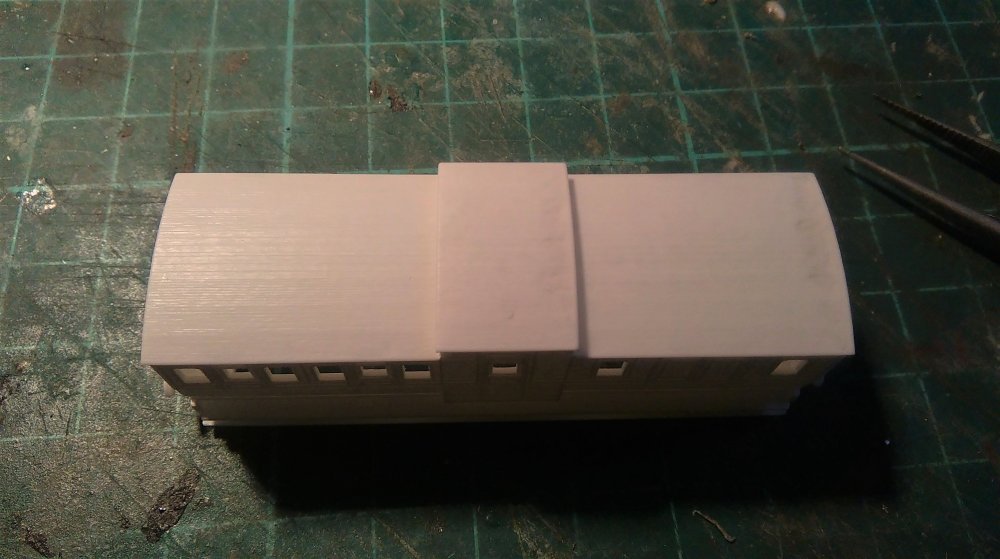
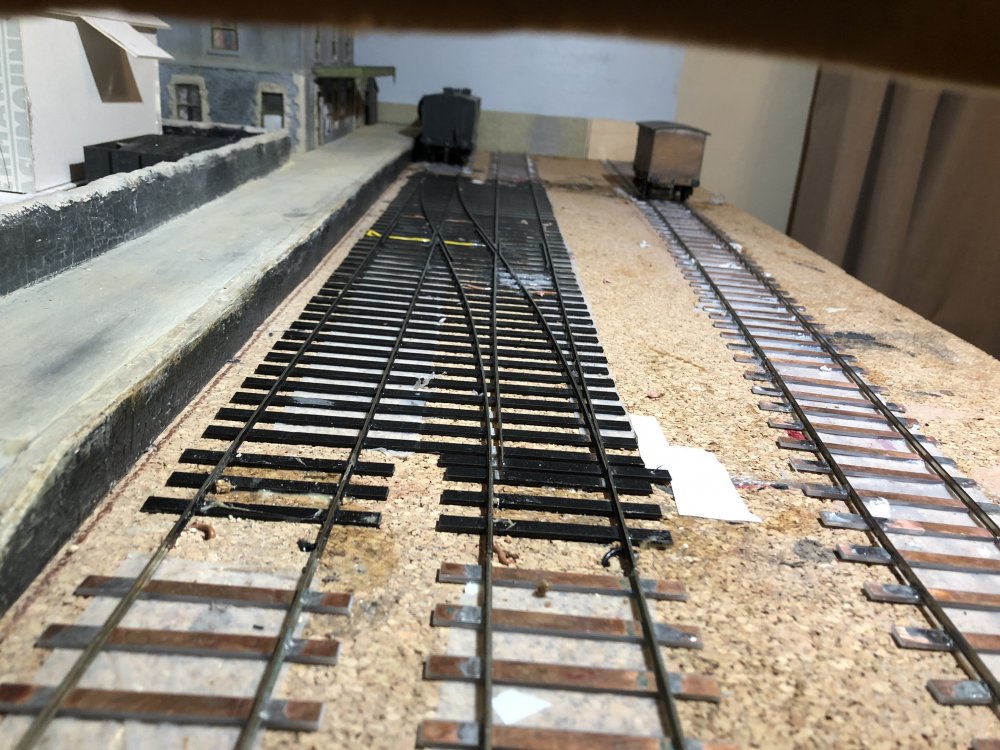
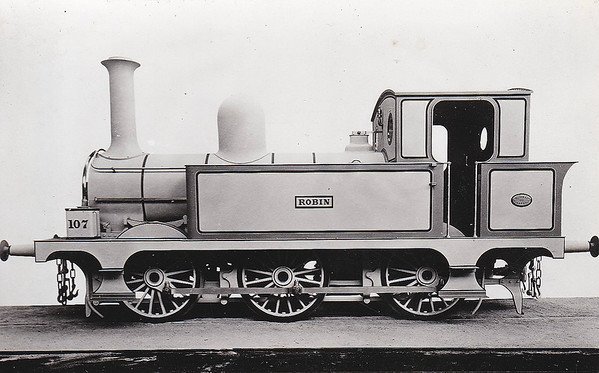
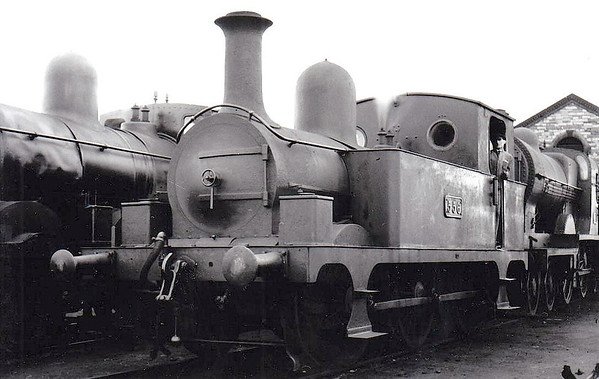
Kingsbridge - workbench
in Workbench
Posted
Noel,
The cattle wagon is looking really splendid!
With regard to cattle, good ones are available from Dart Castings, Langley Miniature Models, and John Day Models. IMHO, the John Day ones are the best available, but all are good (no connection with any of the vendors other than as a satisfied customer!).
They're all whitemetal castings, so add a decent amount of weight to the finished wagon.
HTH!
Kind regards,
Mark